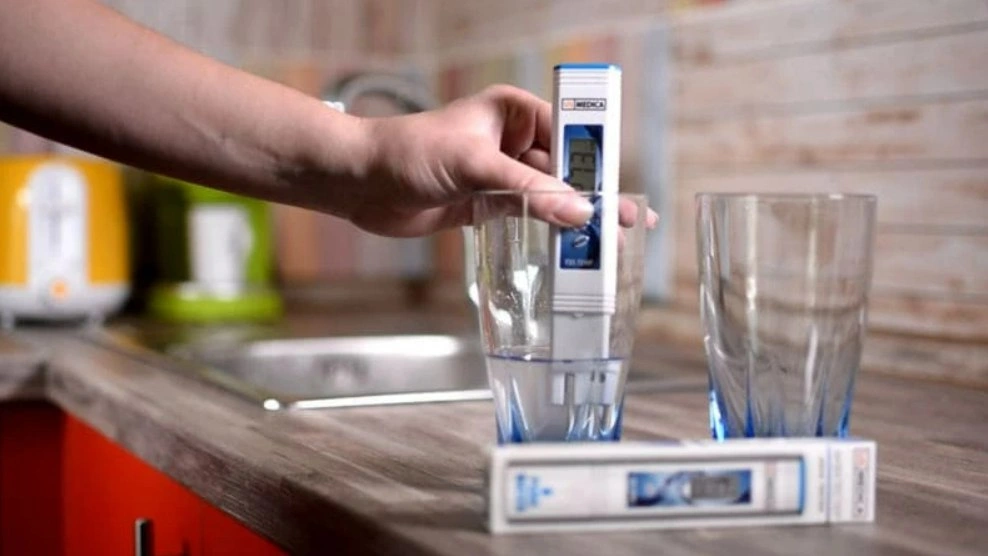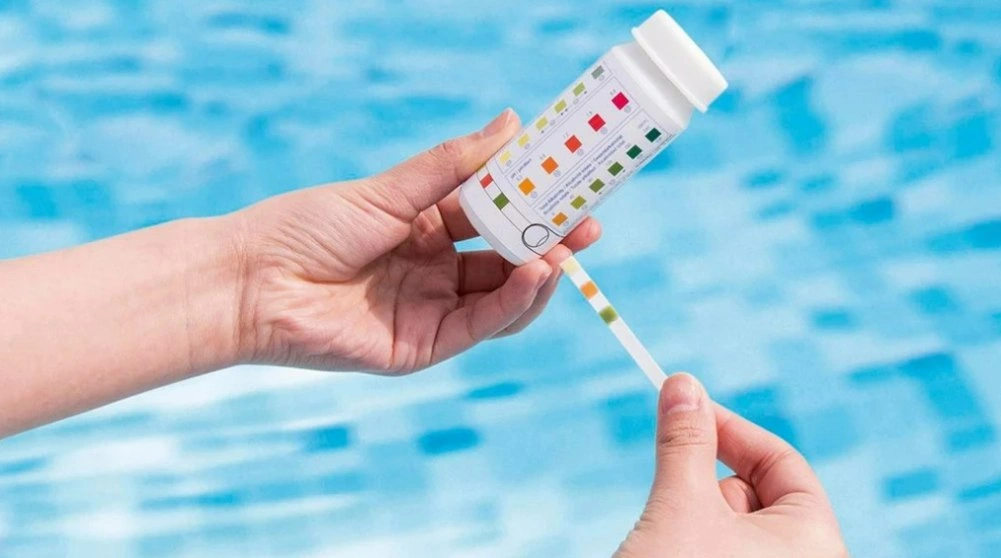In the reviews and chats on our website, as well as on various forums, we often see comments like, "I measured it, and my results were different." People frequently confuse different parameters, such as hardness and total dissolved solids. We've previously written about the main water parameters; today, we'll discuss the TDS meter, why a pH meter is needed, and why these devices may provide misleading results. We’ll also cover other methods of assessing water quality at home.
What is a TDS Meter?
A TDS meter measures total dissolved solids (TDS), which include ions such as calcium, magnesium, sodium, potassium, carbonates, sulfates, chlorides, heavy metal ions, and some organic ions. The device is also called a salinity meter since it determines the total salt content in a solution, or a conductivity meter, as it measures the electrical conductivity of the solution, converting it into salt content in ppm (parts per million) and mg/L.

Most sellers of household devices claim that this tool can assess water quality, but this is somewhat misleading. Total dissolved solids are just one of over 70 parameters used to evaluate drinking water quality. According to state standards, the recommended limits for total dissolved solids in drinking water are 200-500 mg/L, with a maximum allowable limit of 1,000 mg/L (and in some cases, up to 1,500 mg/L). However, these dissolved solids can include both safe and beneficial minerals as well as harmful heavy metal ions.
Every month, we receive complaints from customers saying, "Your filter doesn't clean the water. I measured it with a special device, and the water quality is the same as before." Upon investigation, it often turns out that the device used is a TDS meter, and they are measuring the total dissolved solids after using a triple filter, which removes harmful ions through ion exchange but replaces them with harmless ones. As a result, the overall TDS value remains unchanged.
What is a pH Meter?
A pH meter measures the hydrogen ion concentration, which reflects the acid-alkaline balance in solutions. It calculates the pH by measuring the electromotive force (EMF) of the solution.

The pH scale ranges from 0 to 14, where 0-7 is acidic, 7 is neutral, and 7-14 is alkaline. Surface water typically has a pH of 6-9, while the acceptable range for drinking water is 6.5-8.5, with an ideal value close to neutral (7).
In everyday use, a pH meter is mostly unnecessary unless you have an aquarium or pool, where maintaining the pH level is important, sometimes by adding special reagents. Recently, these devices have become popular among fans of alkaline water.
It’s worth noting that pH meters require regular calibration, and if the settings are off, the device may provide unexpected results. In household use, litmus paper strips can be just as effective and often more informative. Aquarium owners and pool owners used test strips long before the availability of household pH meters.
What is an ORP Meter?
An ORP (Oxidation-Reduction Potential) meter measures the redox potential of water. It has been used for many years in chemical technology to evaluate the presence of substances capable of oxidation and reduction. While not typically used to assess drinking water quality, after several publications on redox potential, fans of alternative medicine began using it to distinguish between "living" and "dead" water.
The ORP meter essentially functions as a voltmeter, measuring the electromotive force caused by electrons moving from the reducer to the oxidizer in a liquid medium.
Test Strips for Water Quality Assessment
This method involves semi-quantitative testing, where a specific amount of reagent is applied to paper. When dipped into water, the reagent changes color, which is then compared to a color chart to determine the concentration range of the substance.

Test strips can be used to estimate water hardness, total dissolved solids, and the concentrations of aluminum, arsenic, ammonium, chlorine, iron, hydrogen sulfide, copper, nickel, cobalt, and other substances.
This brief description covers the main household methods for assessing water quality. If you discover a concerning parameter or need a water analysis before installing equipment, it’s advisable to send your water for a full laboratory analysis. Ecosoft’s laboratory offers all the necessary water tests, with three convenient packages available: basic, standard, and extended water tests.








